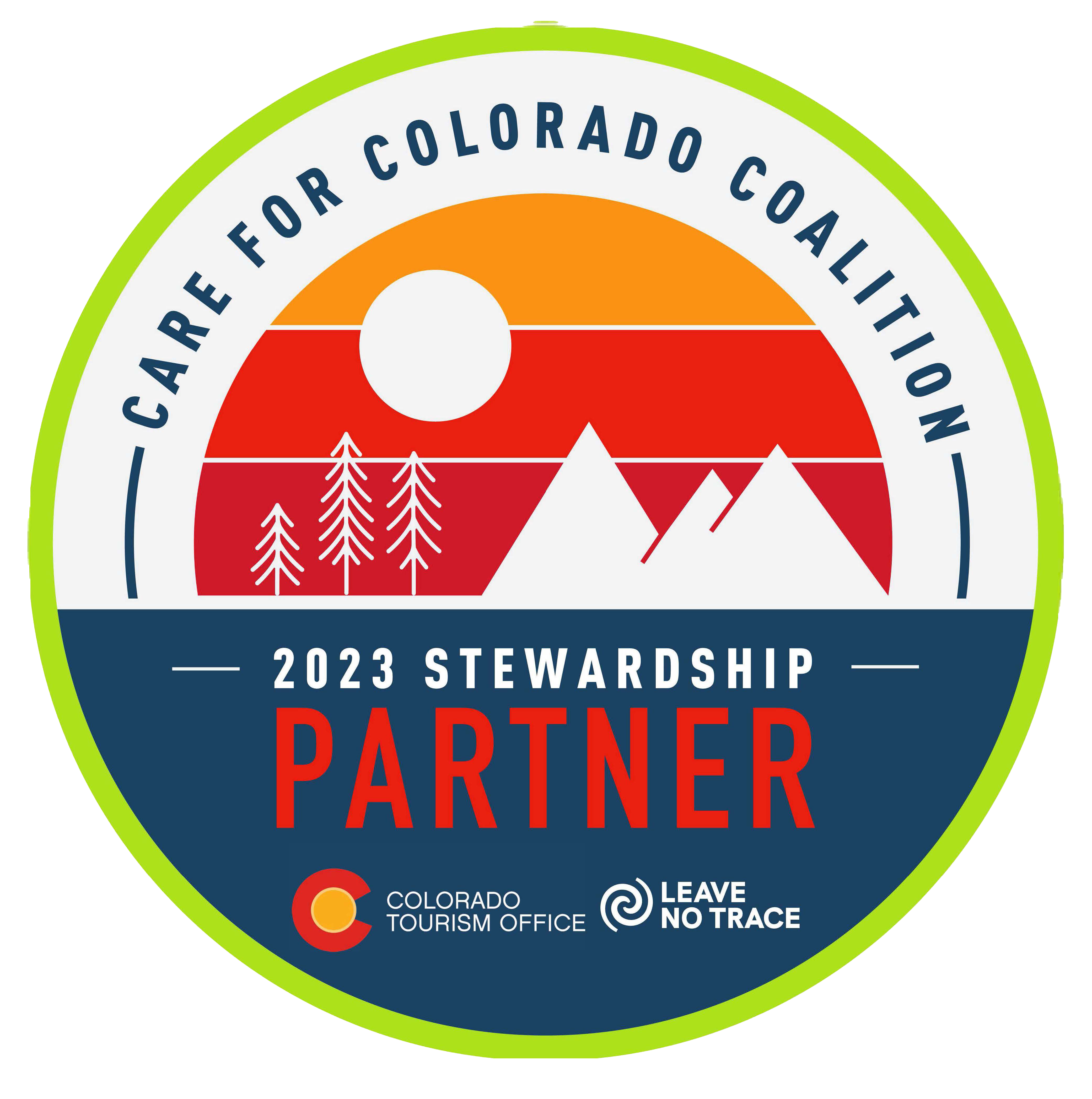Travel writing requires travel. Confronted with a brochure rack ... what to choose, what to choose? I take three approaches.
#1. SKIP all brochure racks and go 'Ready, Fire, Aim.' Drive around randomly where I am, see something interesting and stop. This approach will be different for all of us, but it does have its rewards by maintaining a good attitude of not knowing what we may find! An adventure awaits! (As long as the family/traveling companions are in agreement.) My 'no brochure approach' has stopped me at trailheads where I have gone for trail runs, aka, fast hiking. Coming around bends in trails, I have seen spectacular views, migrating flocks, run into coyotes, deer, elk, bears, mother moose with calf (her glare was the scariest of all) and come across fresh mountain lion tracks. One observation - wild animals do look at me differently when I am running versus hiking. Hmmm?
On one recent trip through the San Luis Valley in the fall of 2014, with sky o' blue, leaves o' gold, and streams running clear and cold, I decided to stop at old railroad stations. I particularly enjoyed looking closely at the locomotives that were built in the 1800s and marveling at the engineering. The steam engines are massive. They could pull incredible weight up steep mountain grades, and they also had to plow deep snow covering the tracks. And hope the brakes never failed going downhill! I had heard the term 'narrow gauge' before but did not know the meaning. As I stopped in the town of Chama on the New Mexico end of the Cumbres and Toltec Scenic Railroad line, I took the time to learn that the narrow gauge is a railroad track that is three feet wide versus the standard four feet. This allowed the Narrow Gauge trains to make tighter turns in mountainous terrain, so tight, that the rumor was that the engineer in the locomotive could share a cigar with the caboose attendant as they could hand the cigar back and forth when they passed on the turn!
I also made a point of stopping in at the oldest church in Colorado in Conejos. Beautiful both inside and out. Take the one minute drive off 285. The church is visible from the highway so there are no excuses! It is open during the day.
#2. PICK several brochures of interest and go check out something new. A friend of mine is famous for his wake up question each day with his morning coffee, "What am I gonna do for fun today?!!" (Try it - it works - if only for an attitude adjustment!) This approach finally got me to the Gator Farm and the Sand Dunes Swimming Pool. They are fairly close to one another on Highway 17, 20 minutes north of Alamosa, so it was an easy morning trip. Seeing alligators, snakes, giant turtles, and ostriches, in the snow and out of their 'comfort zone' is a unique experience. I learned that alligators are the one animal that can actually be frozen and warmed back to life, unlike other creatures (including humans) whose cells would burst and survival would be out of the question.
At the Sand Dunes Pool, I learned that the 118 degree incoming water (cooled to lower temperatures) is magical for soaking and swimming, heats all the buildings and has no nasty smells or harmful heavy metals. Most of the water is returned to the underground aquifer, and the water supports species of fish and amphibians who could otherwise not live in the high cold dry desert.
# 3. PLAN where I am going in advance and attempt to not get blown off course. Being a passionate off road runner, I enjoy going to the Great Sand Dunes National Park, stopping at the Visitors Center briefly, and then running up to High Dune, making a long traverse across the shifting sands and eventually dropping down to the Medano Creek Valley and checking out the water flow no matter what the season. Next time I should change it up a bit. Run up Medano
Pass road and see where Zebulon Pike and his men came into the San Luis Valley in 1805.
NOTE: - Having recently been a hired gun at the LA Adventure and Travel Show because of my unparalleled travel knowledge of the West (please read the humor in that statement) I stopped by the Grand Circle Booth which is a big circle that covers part of Arizona, New Mexico, Utah and Colorado. On their map they still have the Great Sand Dunes as a National Monument. I called them on it. "Did you know the Great Sand Dunes are now a National Park?"
"It is? Huh, maybe it is time to update our map." We all shared a laugh on that one.
#3 is probably the best option for traveling which includes informational brochures. Now there's a plan!









